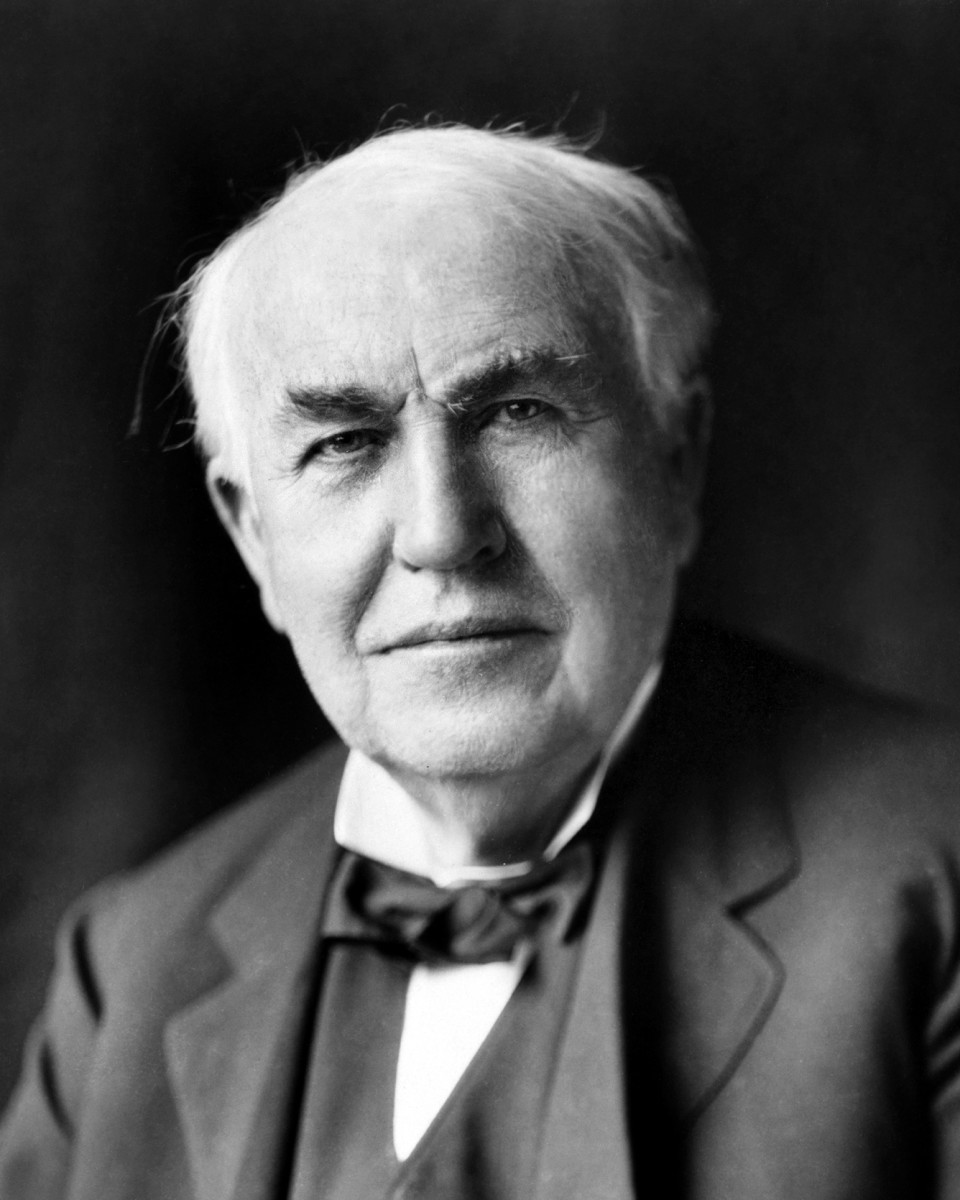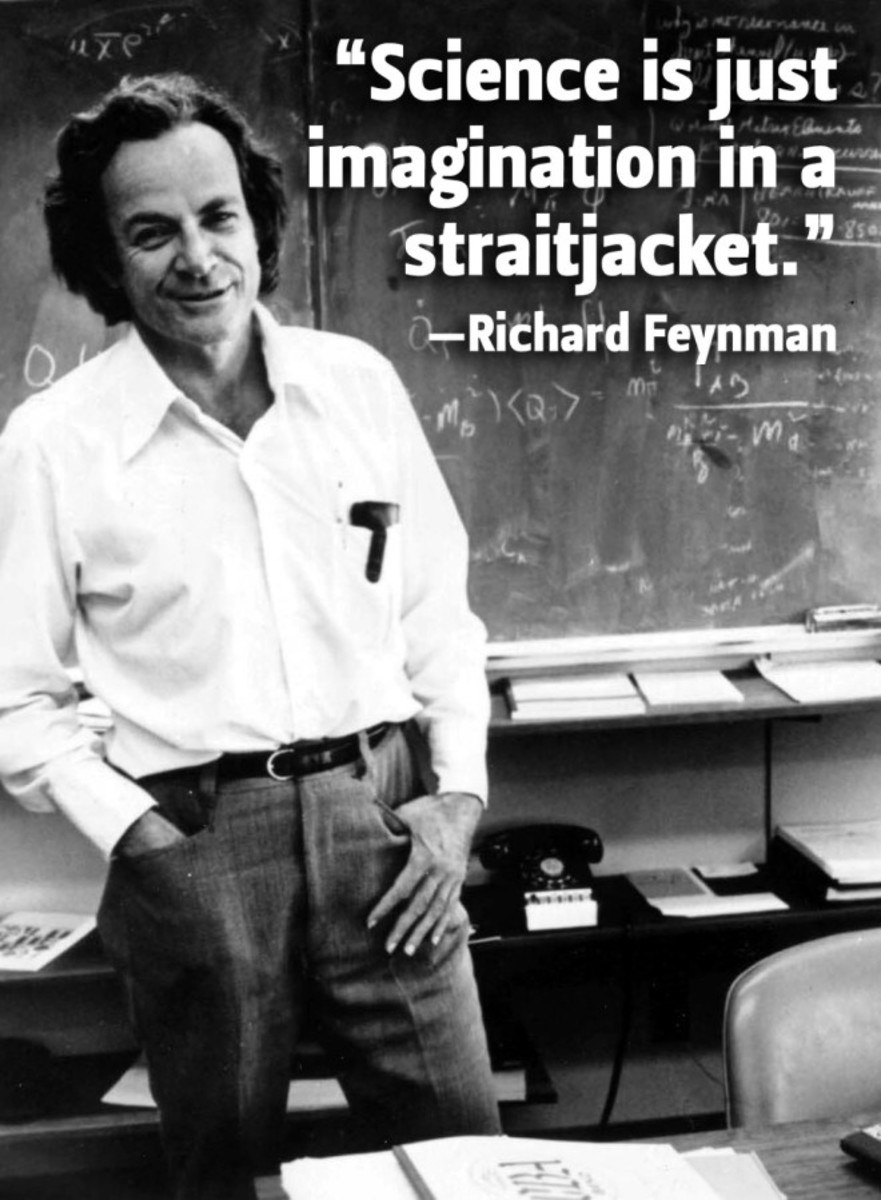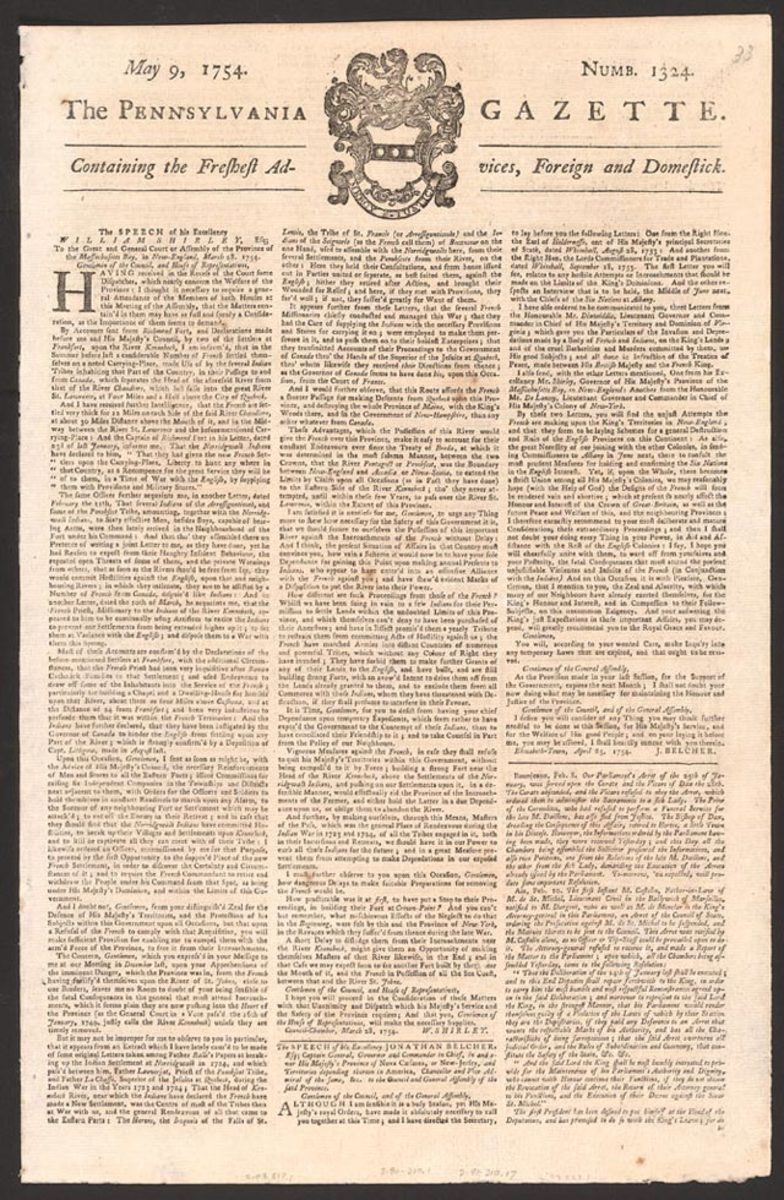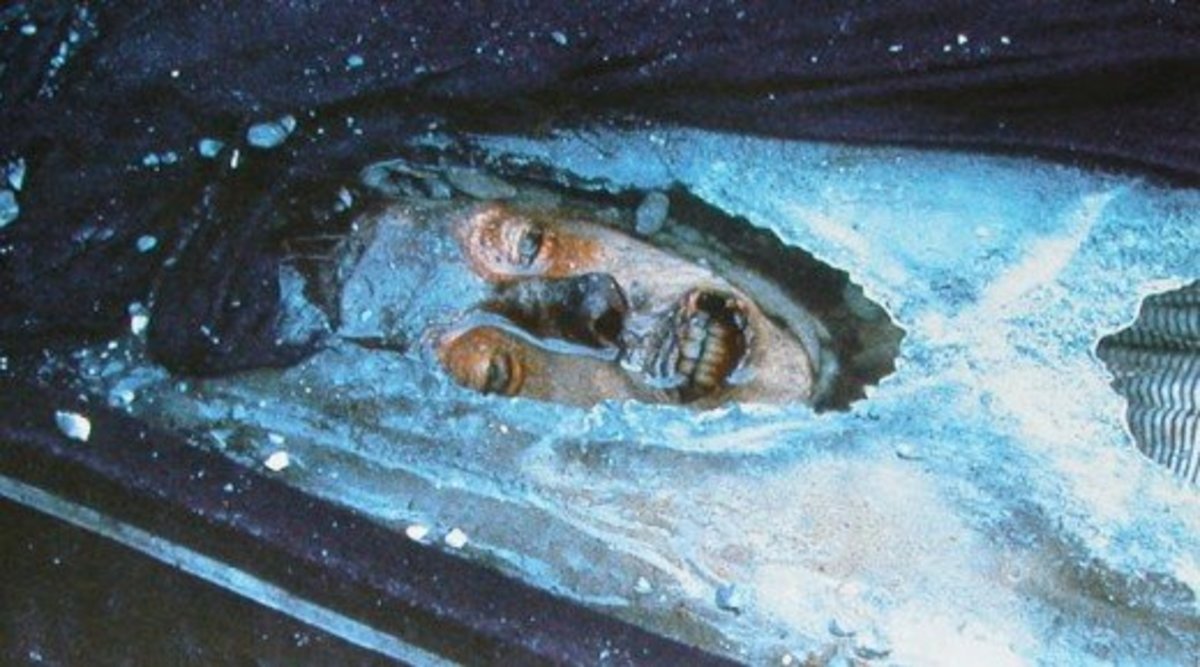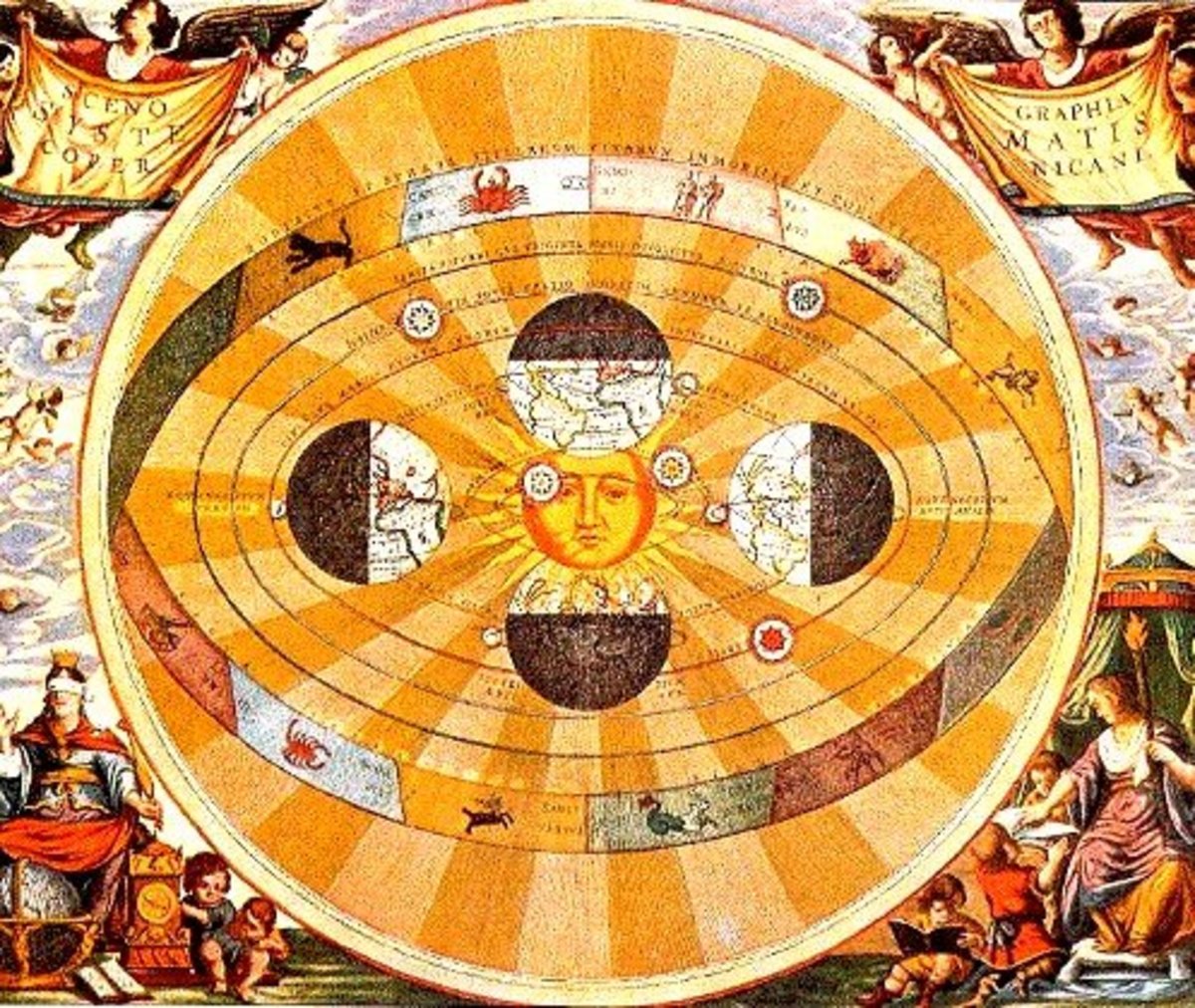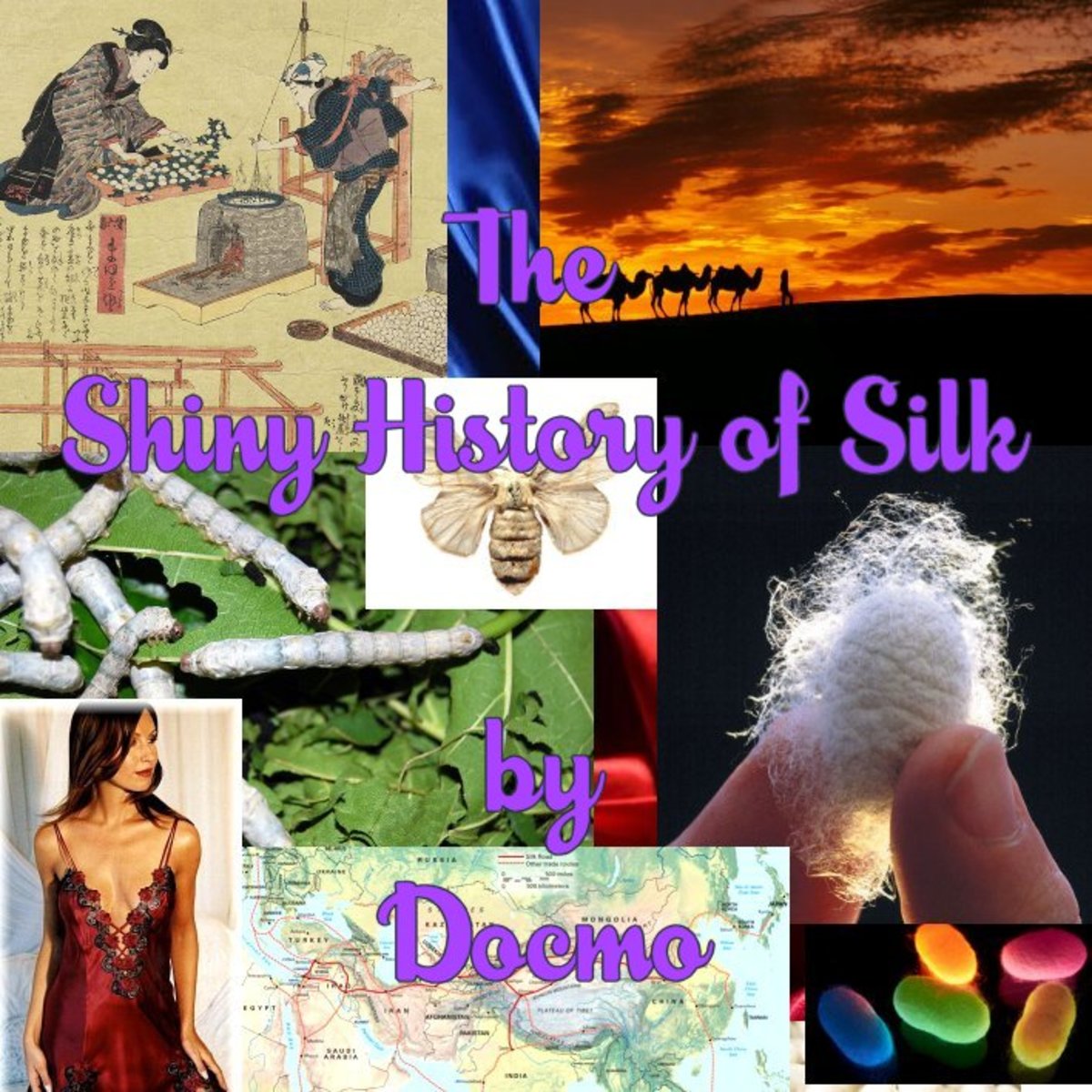Greatest Inventors That Have Changed Our Lives

Inventors and Innovators, Our Greatest Heroes
Our world and lives have been made easier thanks to many brilliant inventors like Thomas Edison, Albert Einstein and Benjamin Franklin who have set grounds and blueprints to our creations today. Steve jobs is named one of the greatest inventors and innovators in the 21st century by creating a new meaning to computing technology and mobile phone communication. Without these inventors and innovators, our world will still be living the 17th century. In this article, we will be discussing some of the great inventions that have certainly improved and changed our lives.
Table of Contents
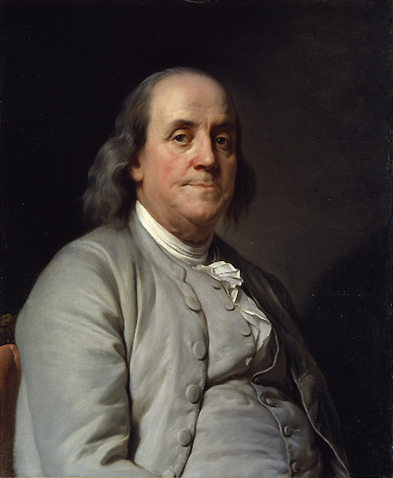
Benjamin Franklin's 5 Greatest Inventions
Benjamin Franklin was born on January 17, 1706 and was one of the founding fathers of the United States. He was leading an active life as an author, printer, politician, postmaster, scientist, inventor, satirist, civic activist, statesman, and diplomat. Benjamin Franklin was the first United States Postmaster General and established the building blocks of the United States Postal Service. He created a variety of inventions throughout his lifetime but never patent it because he saw it as a “gift” to the people. Here are five things Benjamin Franklin invented that have made our lives better.
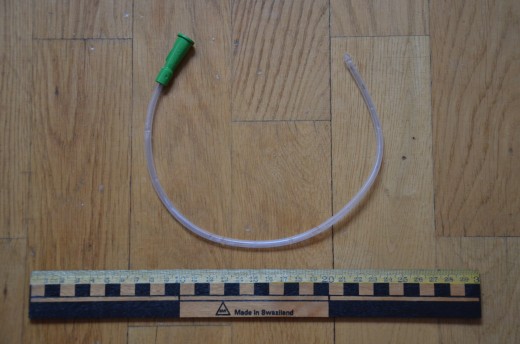
1. Urinary Catheter (1752)
This might sound disturbing but this has saved many Americans with bladder problems. The catheter is a thin tube inserted into a patient's urethra to drain urine from the bladder. In the past, the catheter was made out of a rigid metal and much rather painful. Benjamin Franklin's older brother suffered from kidney stones and needed to excruciate daily by inserting a bulky metal catheter to his nether regions. Franklin tried to make these daily attacks less painful to his brother by inventing a flexible catheter.

2. Bifocal Eyeglasses (1784)
As Benjamin Franklin got older he noticed that his vision was becoming less clear and was near-sighted and far-sighted. It became a hassle for him to switch between the two glasses so he combined the lenses into one frame. Although near-sighted and far-sighted glasses have been around for centuries before Franklin's birth, no one had the idea to join them. Throughout the years there were a few improvements but Franklin's design remained unchanged until 2006 when a team of Arizona researchers announced that they have designed glasses where they can switch the lenses with a push of a button.

3. The Lightning Rod (1749)
Lightning was deadly in the 18th century and especially to churches since they were often the tallest structures. In Franklin's lifetime, a bolt of lightning killed 3,000 people in Italy after it struck a church and this was known as "electrical fire." At the age of 42, Franklin retired from the publishing business and worked on electrical experiments. After many experiments, he figured that if a metal rod could be fixed to the top of a building and wired to the ground with a cable, it could gently extract the “fire” from a cloud before it had a chance to do any damage.

4. The Franklin Stove (1741)
In the past, people had to burn woods to stay warm in the winter. Benjamin Franklin noticed that the forests around Philadelphia were growing thin which forces many to travel as much as 100 miles to gather wood. Franklin tried to resolve this issue by finding a more efficient way to increase heat in homes. He solved this issue by enclosing fire in a cast-iron box known as the stove and places in the center of the room. The stove would radiate heat from all four sides and users can control the rate of the wood burned by adjusting the stove's airflow.
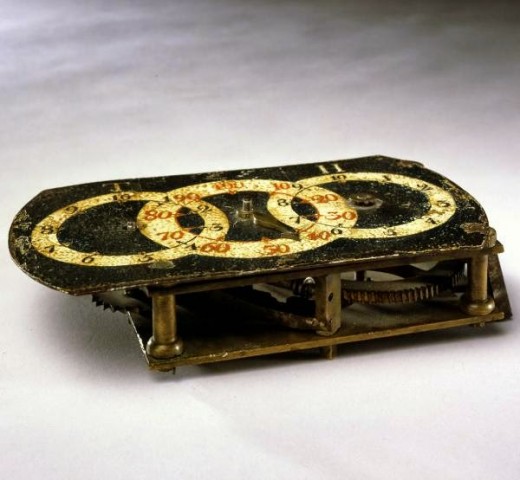
5. The Odometer (1763)
In the colonial times, mail and letters was delivered by whoever was available and they would make up to five copies of the letter and send them in five different ways to ensure the delivery of the letter. Once Franklin became the United States Postmaster General he toured America major postal centers, studying ways to standardize streamline mail delivery. Franklin charted the distances between postal stations by attaching a geared device to the rear wheel of his horse carriage. Every 400 revolutions made by his carriage wheel would cause the device to click ahead one mile (1.6 kilometers).
A Short Biography of Benjamin Franklin
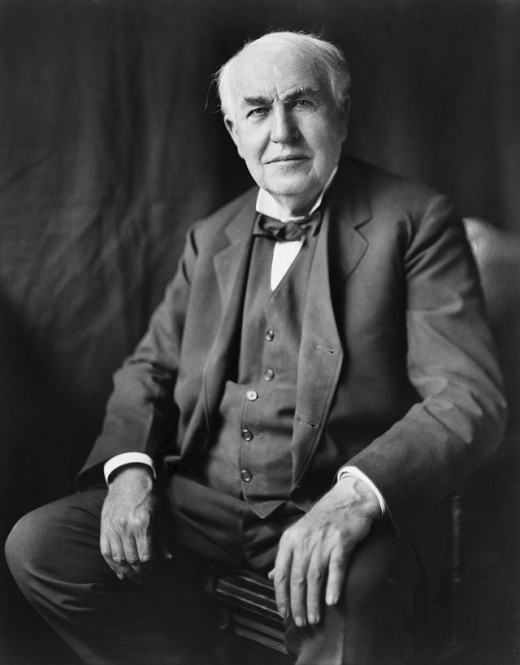
Thomas Edison's 5 Greatest Inventions
Thomas Edison born on February 11, 1847 was one of the greatest inventors in the 19th century. Edison is famously known for inventing the incandescent light bulb. Although many people claims that Edison didn’t invent the light bulb because electric lighting was a working idea for at least 50 years. Many inventors weren’t able to manipulate the electric light for practical uses like in homes. In 1879, Thomas Edison was able to successfully invent a light source that was remotely practical for home use by using carbonized filament. On November 4, 1879, he filed for a U.S. patent for creating an electric lamp. Today, Edison has 1,093 patents in the United States and 1,200 in other parts of the countries. Patenting an idea is important to prevent others from making, using or selling the invention you created for twenty years on the first date you filed an application (Source). Below, check out five other inventions that Thomas Edison has helped improve our lives.
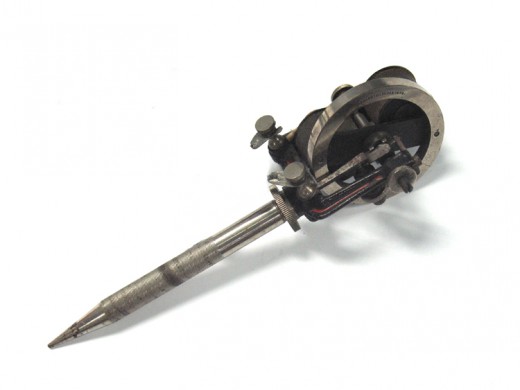
1. Electric Pen (1875)
The invention of electric pen came from the Edison’s telephony research when one day Charles Batchelor and Thomas Edison noticed that the stylus of their printing telegraph punctured the paper, and the chemical solution left a mark underneath. This has led Edison to create a copier where he uses perforated sheet of paper as a stencil and to develop the electric pen as a perforating device.
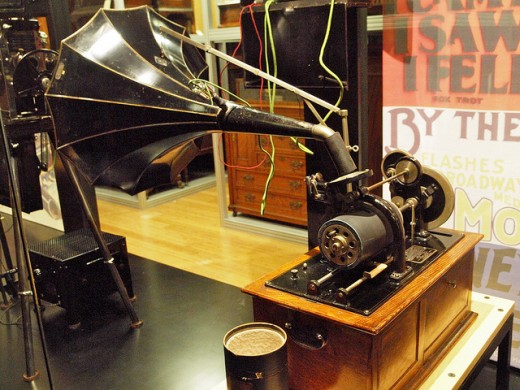
2. Phonograph (1877)
Although Thomas Edison’s phonograph wasn’t the first to record sound, but it was the first to be able to reproduce recorded sound. With the help of this invention, it has led to other inventions like the gramophone records by Emile Berliner and eventually the rise of compact disc.
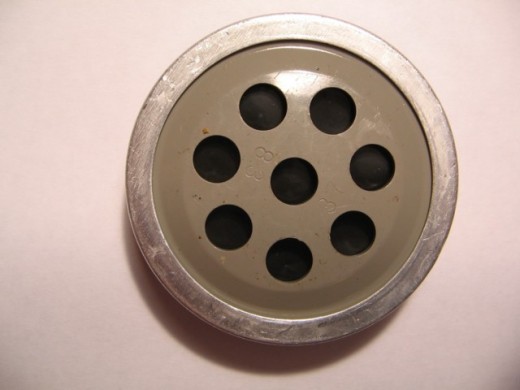
3. Carbon Microphone (1877)
Alexander Graham Bell and Thomas Watson might have famously known to invent the telephone, but without the help of Thomas Edison’s carbon microphone it wouldn’t be complete. Both Thomas Edison and Emile Berliner filed a patent application form separately in March 1877 and June 1877 respectively. Ultimately, the federal ruled that Edison invented the carbon microphone before Berliner, so full rights goes to Edison.
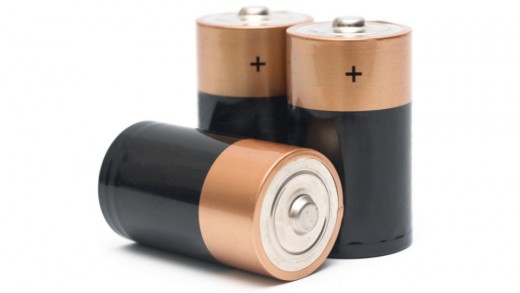
4. Alkaline Battery (1902)
Alkaline battery was first developed by Waldemar Jungner in 1899 and then Thomas Edison in 1901. He tried to invent a battery that was lighter and more reliable. Edison alkaline battery consist of anode material (-) and nickelic oxide as the cathode material (+). The invention of alkaline battery has impacted home and entertainment appliances where many of them can be operated without being plug-in to a wall jack.
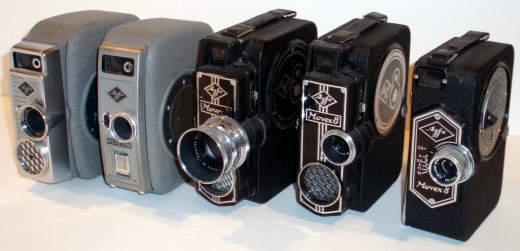
5. Kinetographic Camera (1912)
The invention of a kinetographic camera has changed and improved everyone’s entertainment lifestyle. Thomas Edison was able to invent a device that shows photos in a rapid speed to make them appear to be moving. Without this invention, there wouldn’t be the boom of film and movie industry. And today, there wouldn’t be websites like YouTube with billions of videos being shared online.
A Clip on Thomas Edison Giving a Speech in 1929
Poll Time!
Which Inventor(s) Would You Like to Meet?
© 2014 Andrew Armstrong

